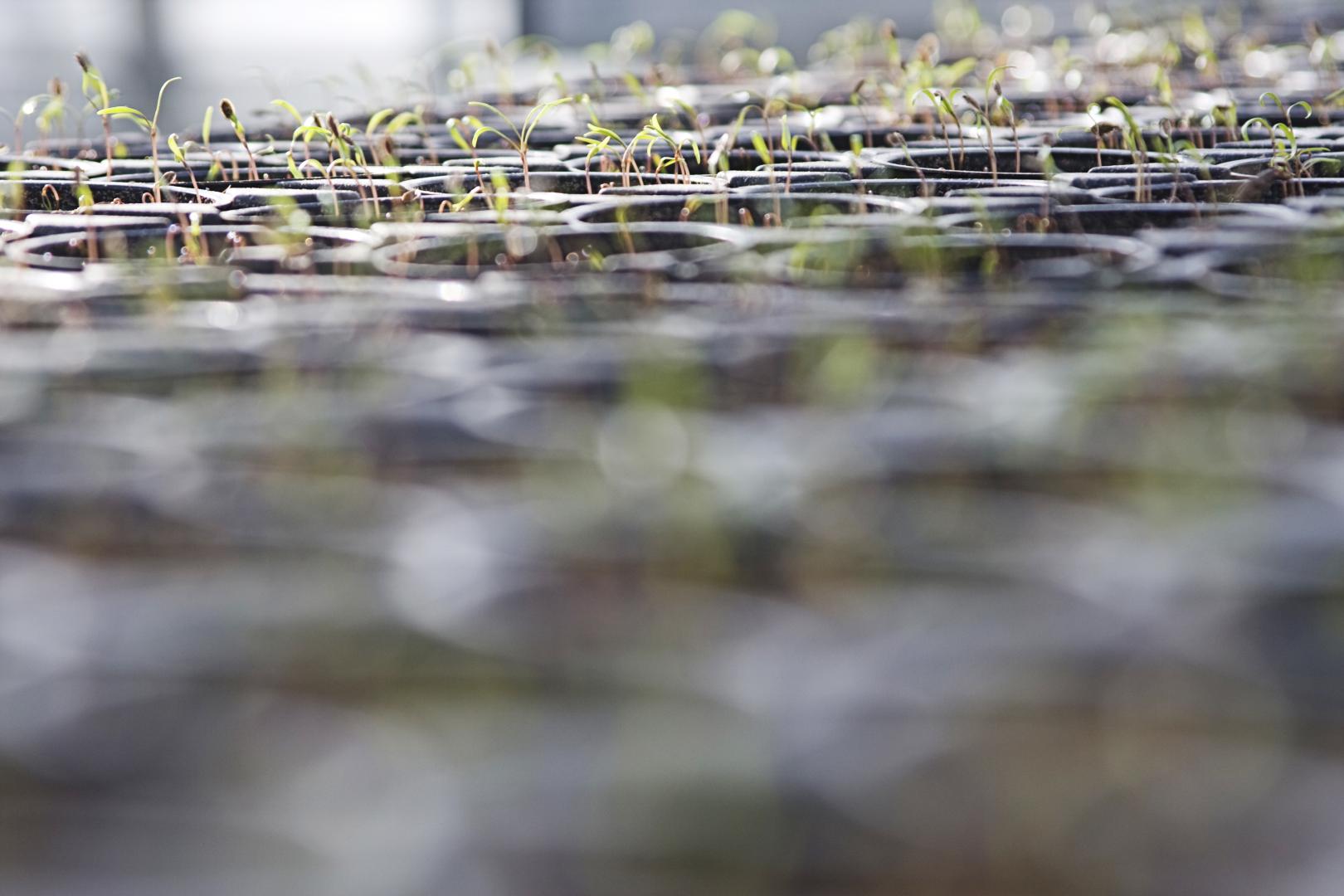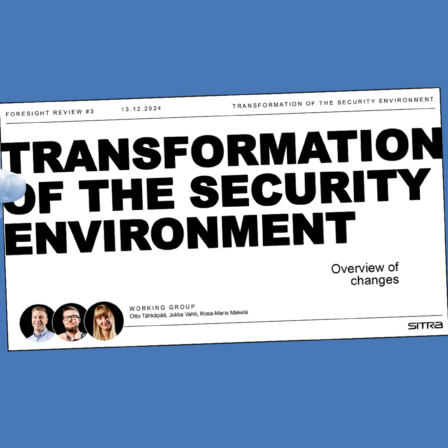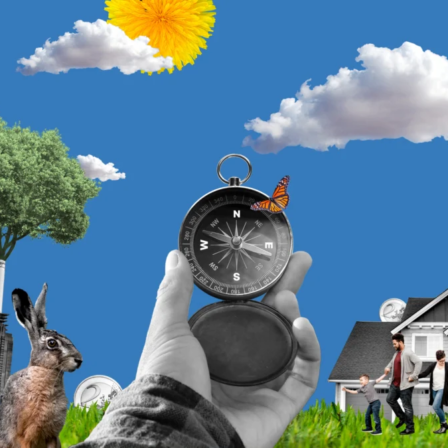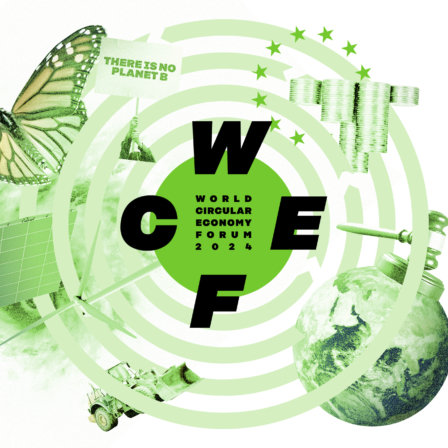Like Germany with its radical Energiewende project, Switzerland has decided to make an energy transition – moving away from fossil fuels towards a sustainable economy built on renewable energy. The Swiss have already managed to successfully integrate the objectives and implementation of sustainable development into their federal political system. The country’s Sustainable Development Strategy forms a national umbrella strategy, on which various programmes are built. And if there is something to learn from Switzerland, it is the need to stop generating multiple, disconnected strategies.
Like Finland, Switzerland has a long history of promoting sustainable development. Its Inter-departmental Sustainable Development Committee (ISDC) began work in 1993. Since then, work on sustainable development has been guided by the national Sustainable Development Strategy, updated for the fourth time last year. Switzerland’s approach to the strategy’s practical implementation has been highly systematic, being based on clearly defined concepts, with the same logic retained throughout the years. 1999 was a major milestone – sustainable development was incorporated into articles 2 and 73 of the Swiss federal constitution. Article 2 begins with the statement: “It [the Swiss Confederation] shall promote the common welfare, sustainable development…”.
In Switzerland, the sustainable development strategy is the mother of all strategies, an umbrella for other national strategies. It is the most important document after the government’s legislative programme (Legislaturplanung). The Federal Office for Spatial Development (ARE) is responsible for heading the sustainable development committee, office administration, strategy updates, assessments and indicator work.
ARE operates under the Federal Department of the Environment, Transport, Energy and Communications. It arranges issues such as annual sustainable development forums and engages in cooperation with the cantons and communes. However, because the cantons enjoy strong autonomy, ARE has no authority over them. In addition, several sub-groups, such as those for forests, water management and training, operate under ARE.
Structurally, the Sustainable Development Strategy and its updates have always remained the same. The key sections are Guidelines, Action Plan and Implementation of accompanying measures. Perspectives include social solidarity, economic performance and environmental responsibility. The guidelines section describes the content and further development of ongoing work and introduces new objectives. New issues are introduced to only a limited degree and objectives that have proven their worth are retained. This illustrates the concrete, resource-aware approach taken.
In the action plan, the focus is on key challenges and priorities. The latest plan features 10 main action points:
1. climate change and natural hazards
2. energy
3. urban development and transport
4. the economy, production and consumption
5. use of natural resources
6. social cohesion, demographic challenges and immigration
7. public healthcare and exercise
8. global developments and environmental challenges
9. economic policy
10. education, innovations and research.
In addition, the action plan mandates ministerial organisations to implement concrete projects. The sustainable development office’s key tasks include maintenance of the system of indicators and national monitoring and assessment of, and reporting on, sustainability.
Sustainable development is linked to federal policies through various working groups, the monitoring process and assessments. There is also an official consultation process between ministries. Each item of legislation is evaluated for its economic, social and environmental outcomes and impacts on future generations.
The sustainable development strategy has an established status in the normally four-year government legislative programme. The latest assessments have not questioned its importance, and it is viewed as having comparatively legitimate force. On the other hand, a need has been identified to reinforce its connection to sector-specific policy programmes. In addition, there are some structural weaknesses and a requirement for greater political commitment.
Green economy and resource efficiency as new areas
The green economy is a new sustainable development area, of growing importance. Key green economy guidelines concern consumption and production, waste and resources. On top of those are additional complementary areas, such as cleantech and environmental taxation, the development of measurement and reporting, and improving awareness. In simple terms, the aim is to reduce the use of resources and reinforce the economy.
The most recent green economy action plan was published in March 2013, to be used as a basis for reviewing the Environmental Protection Act. Resource efficiency improvements are also under way.
This entry is based on Jukka Noponen’s visit to ARE (Federal Office for Spatial Development) in Bern on 3 May 2013. ARE’s new office building is made entirely of wood and uses ground heat and solar energy to minimise its footprint.


















Recommended